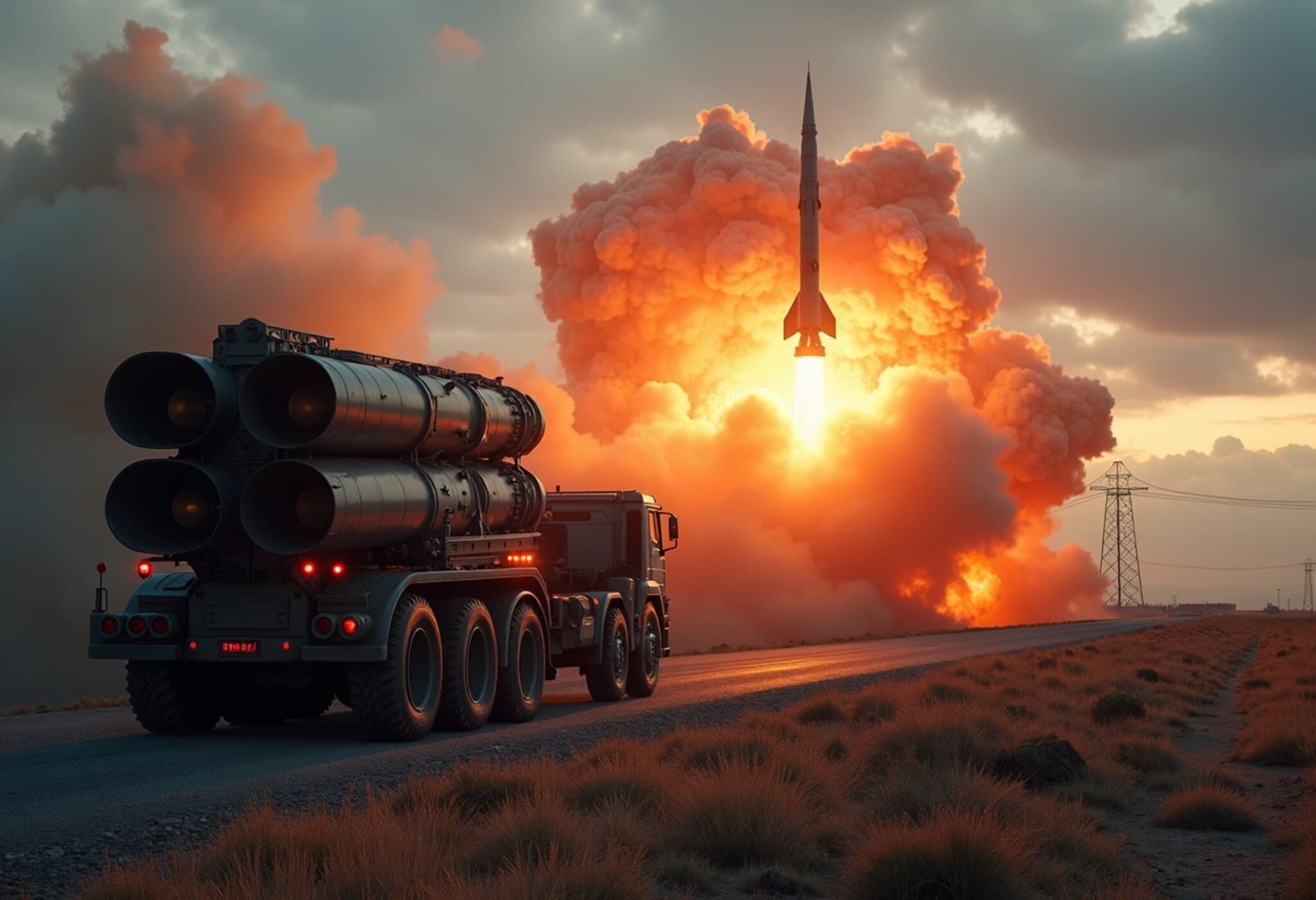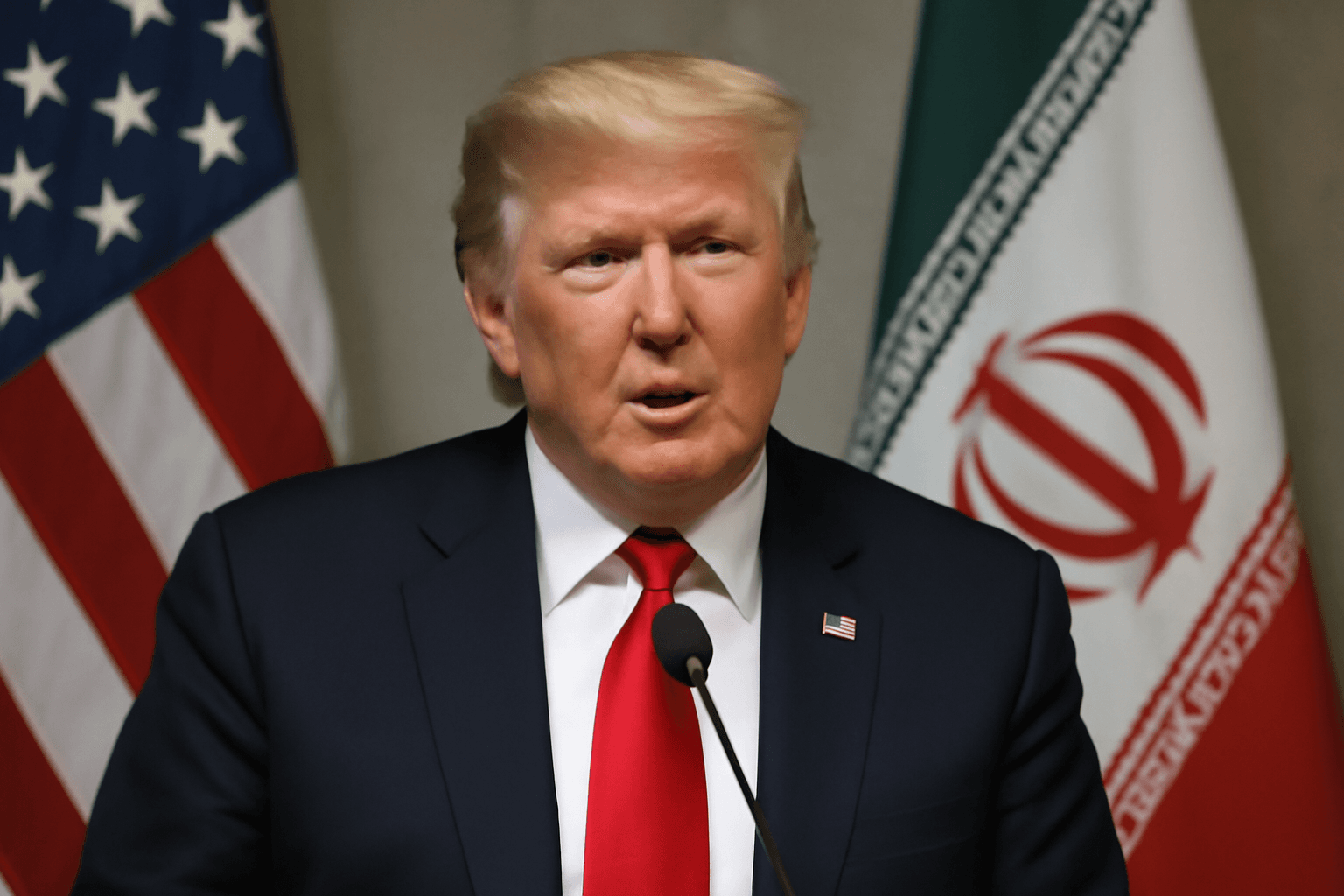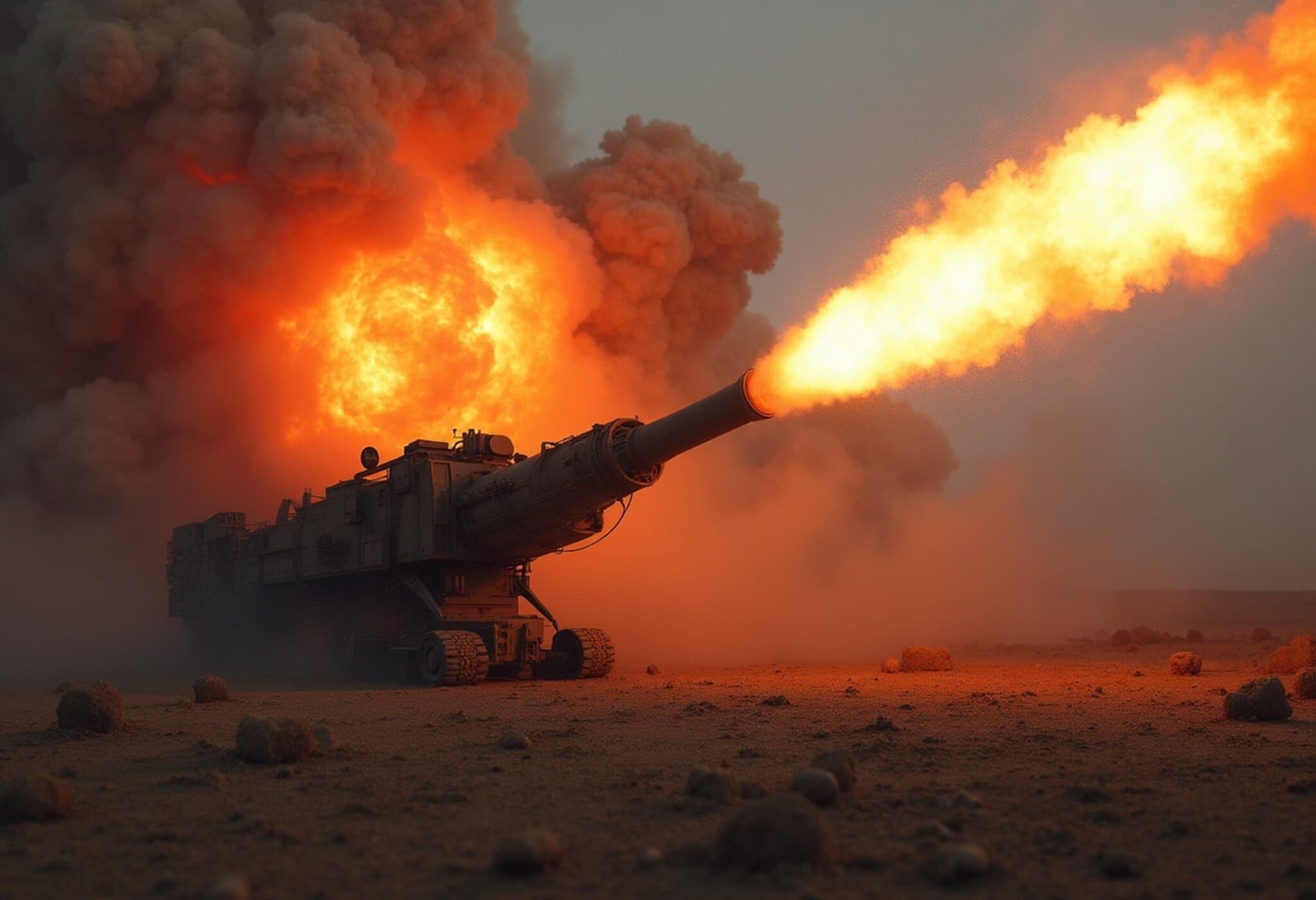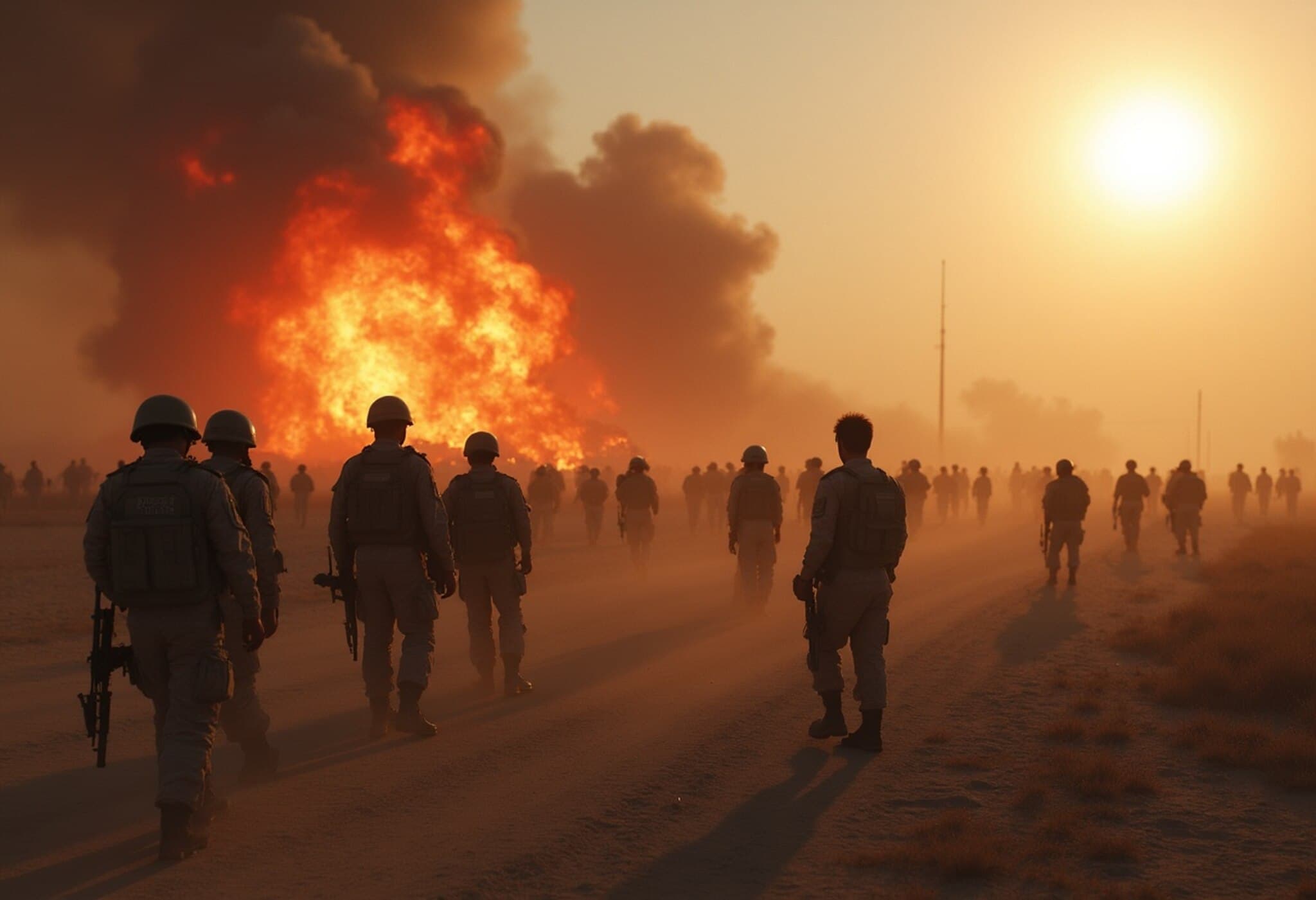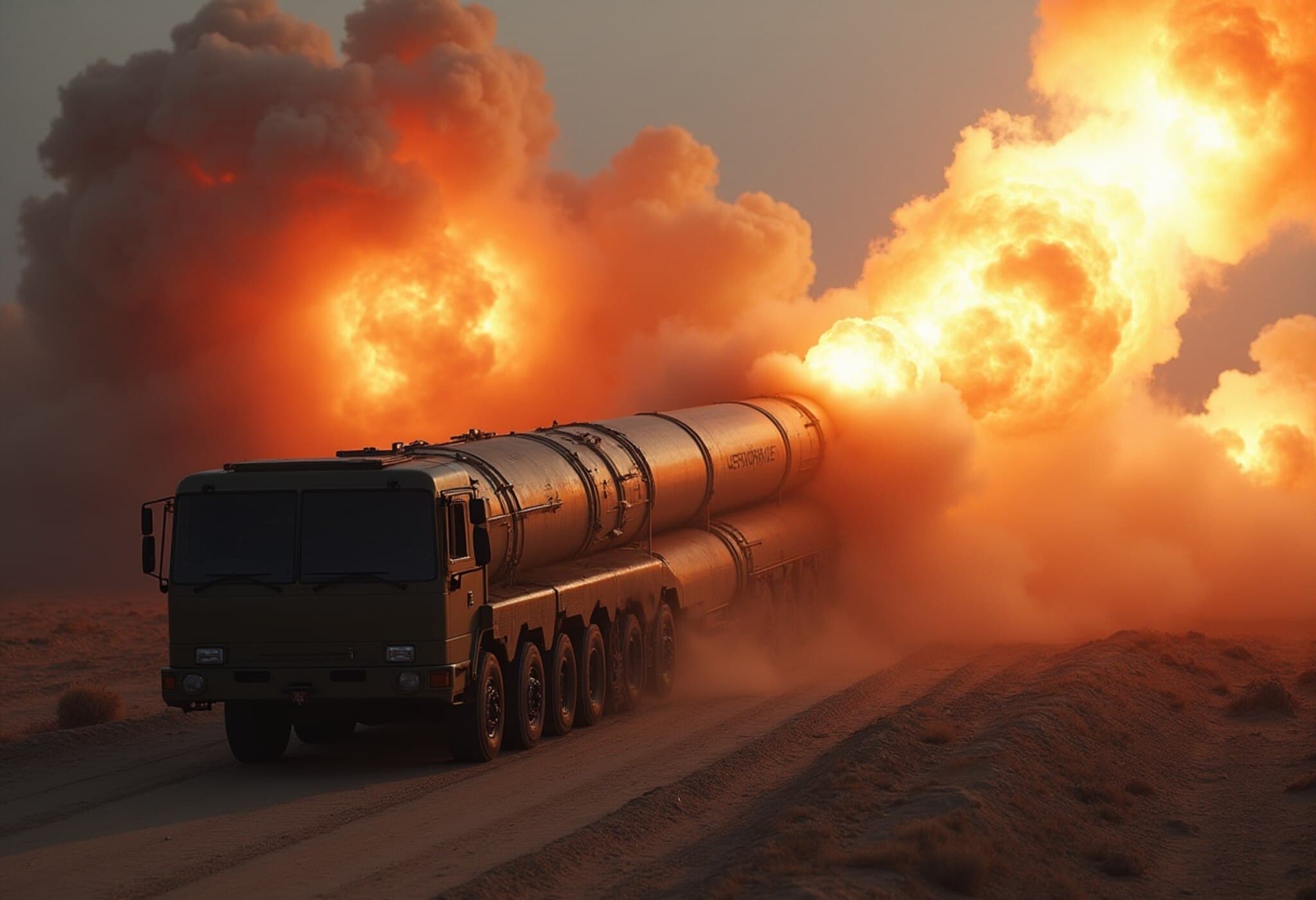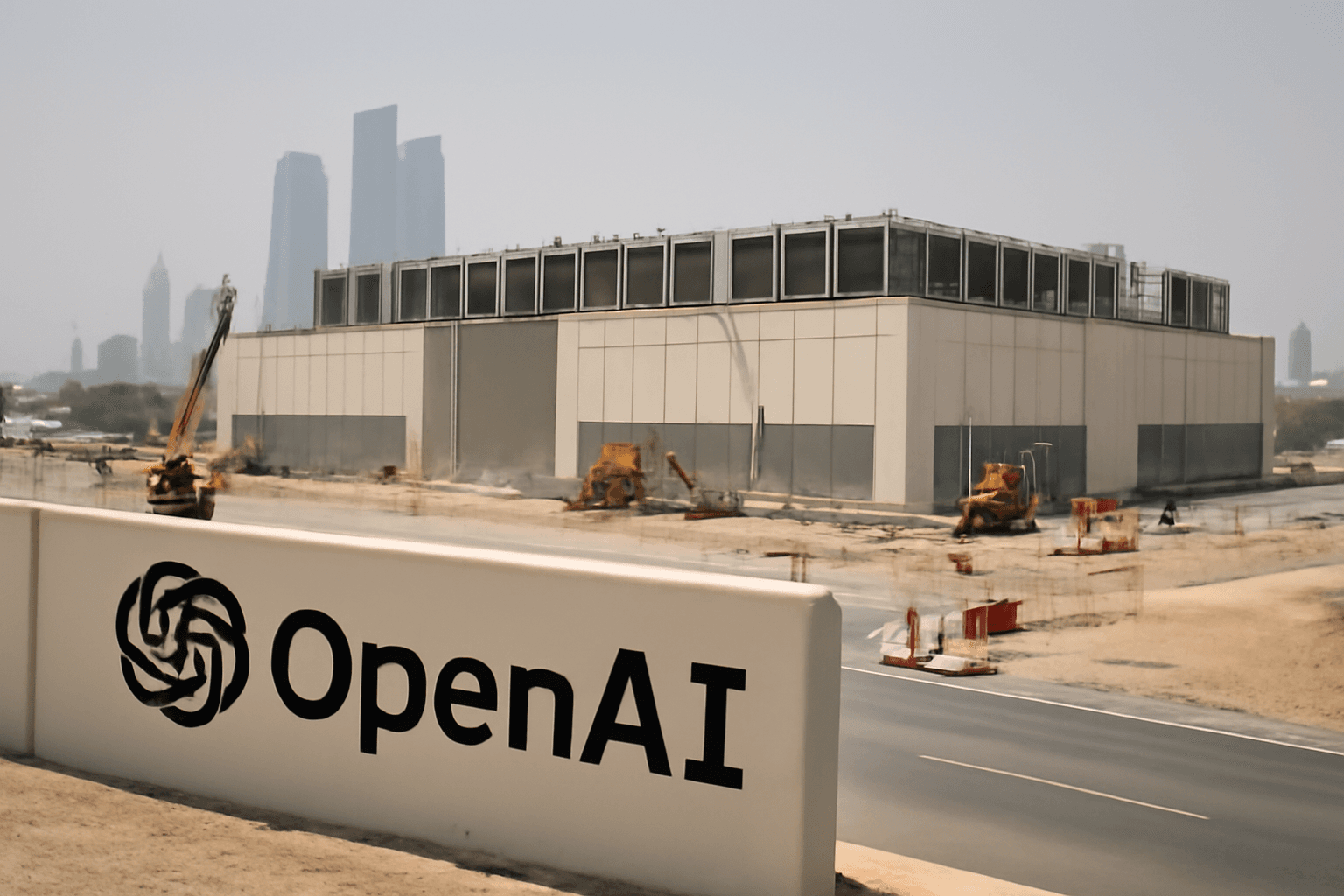AI and Nuclear Weaponry: A Dangerous Convergence
The integration of artificial intelligence (AI) into nuclear weapon launch systems has raised alarms about unprecedented risks to global security. According to a recent report by a leading peace research institute, the prospect of handing over nuclear launch decisions entirely to AI could propel humanity towards a catastrophic "doomsday scenario." This warning arrives amid heightened geopolitical tensions and ongoing nuclear modernization efforts worldwide.
Rising Nuclear Inventories and Modernization Efforts
At the beginning of 2025, the world's nuclear stockpile stood at a staggering 12,241 warheads, with approximately 9,614 reserved for military use. Of these, around 3,912 warheads are actively deployed on missiles and aircraft, while the remainder remains in central storage facilities.
Significantly, about 2,100 deployed warheads are maintained at high operational alert levels, primarily by the United States and Russia. Emerging data suggests China might also be keeping warheads on missiles during peacetime, indicating a shift in nuclear posture.
Dominance and Expansion Among Nuclear Powers
- United States and Russia: Together, these two countries control roughly 90% of the global nuclear arsenal.
- China: The fastest-growing nuclear force, expanding its stockpile by about 100 warheads annually since 2023. It has constructed or nearly completed some 350 new intercontinental ballistic missile (ICBM) silos across various regions.
- Pakistan: Continues developing delivery mechanisms and accumulating fissile material, hinting at potential arsenal growth in the next decade.
- North Korea: Pursues a robust nuclear strategy, with estimates indicating possession of around 50 warheads and sufficient fissile material for up to 40 more, alongside accelerated production.
The Peril of AI-Driven Nuclear Decisions
The prospect of AI systems autonomously managing and potentially initiating nuclear weapon launches stokes profound apprehensions. Experts caution that such automation could bypass human judgment during crises, drastically increasing the likelihood of unintended escalations or errors.
Leaders in the field emphasize that relinquishing control to AI would mark the threshold of a genuine existential threat, fundamentally rewriting the calculus of nuclear deterrence and global security.
A Warning at a Volatile Crossroads
The timing of this caution is critical. With ongoing tensions among nuclear states and rapid advancements in weapon technologies, the risk of miscalculation amplifies. The international community faces a pivotal choice: advance arms control frameworks that limit or prohibit AI’s role in nuclear command, or risk accelerating a perilous arms race driven by automation.
Looking Ahead
As nuclear powers update and expand their arsenals, the integration of AI into these systems demands urgent scrutiny. Without robust oversight and international cooperation, the dream of safety through automation could turn into a nightmare, placing global civilization on a razor’s edge.

